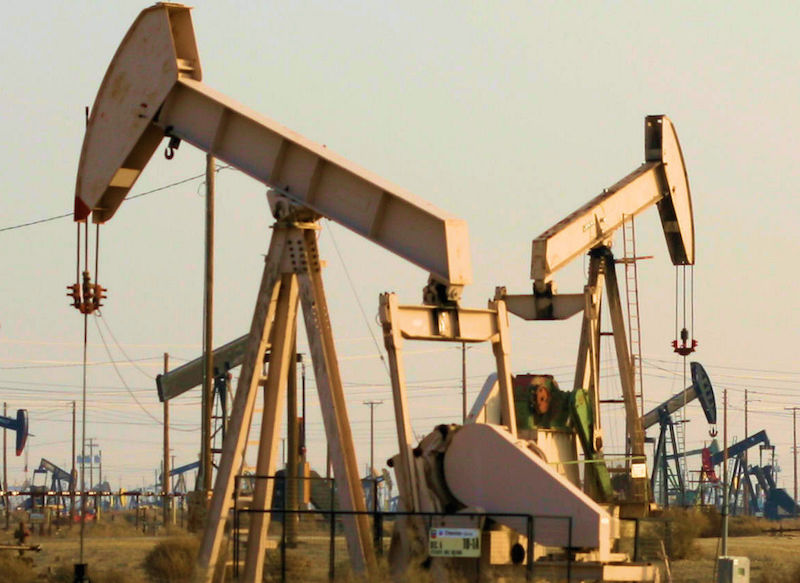Because of advances in technology, extracting oil and gas is cheaper and easier than ever. Each day, in the Permian Basin alone, producers will pump roughly 4 million barrels of oil out of the ground. It’s projected that average production will go up by 1 million barrels per day each year for the next four years. The amount of oil being produced is more than the domestic market can use, forcing the industry to find other places to sell it.
Dr. Ramanan Krishnamoorti is the chief energy officer at the University of Houston, and recently cowrote a Forbes article on the ongoing oil production boom. When the Permian Basin became the center of an oil boom, it was shareholders and investors who made sure the business continued to grow to its current rate, despite the fact that demand didn’t warrant that much production.
“It’s all about return on investment. There’s been significant capital put into the Permian,” Krishnamoorti says. “And it’s now time to try and get back value on that capital that’s been put in.”
As oil and gas refineries and extraction sites across the world are reaching retirement age, and production is declining, the Permian Basin provides an excellent opportunity, Krishnamoorti says. The world is looking for a new source of oil and gas, and the Permian Basin is the perfect place is find it.
“The world is hungry. The world is in a delicate balance with supply and demand with oil and gas,” Krishnamoorti says. “The Permian is the perfect place to produce that new supply for the world as we look at the global situation, not just the U.S.”
An oil boom presents problems. Once oil and gas is out of the ground, producers need to find pipelines, storage and transportation to accommodate crude oil. A pipeline that will connect the Permian to Corpus Christi aims to at least partially solve the problem, but the project would need to accommodate 4 million barrels of oil a day in the next three years.
“When you try to go through that kind of expansion, there are challenges –massive challenges, with people with skills, with capital,” Krishnamoorti says. “It’s going to be a tightrope finish to see if we can get that kind of export capacity ready in three years.”
Despite the growing use of renewable energy sources, Krishnamoorti says that in the coming years, the global demand for oil will between 70 million to 120 million barrels per day. Current demand is about 95 million barrels per day. Most increased demand comes from foreign markets.
“For the past 20 years or so, we have been using more oil than we’ve found. Clearly there is going to be a need for this oil,” Krishnamoorti says. “There’s going to be a demand that is significant because of the demand from growing marketplaces in Asia, Africa and beyond.”
Written by Marina Marquez.















